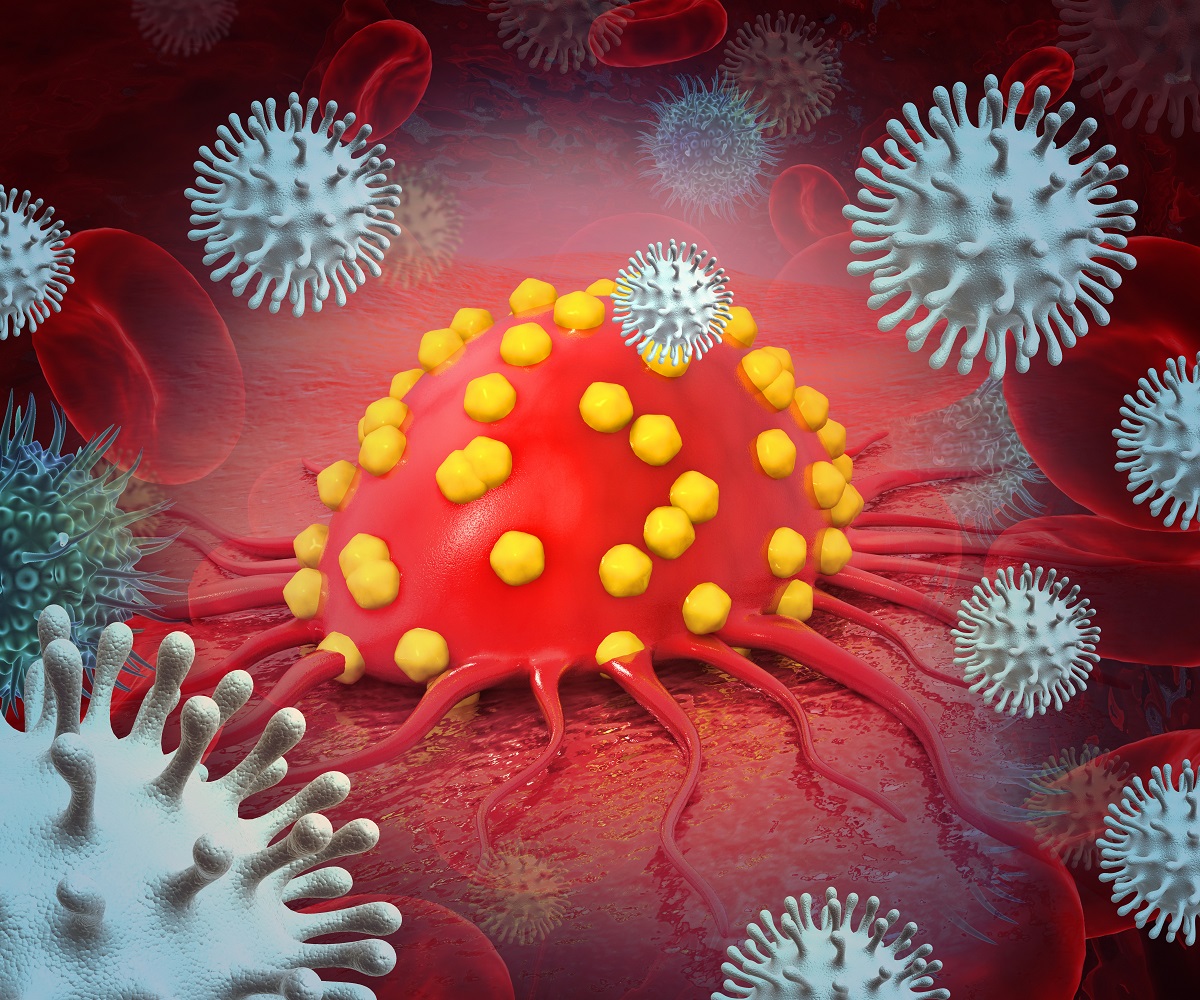KEY TAKEAWAYS
- The study aimed to evaluate the TNBC-DX test’s ability to predict response to neoadjuvant taxane-carboplatin chemotherapy in eTNBC.
- The primary endpoints were to determine pCR, DDFS, and OS.
- Researchers found the TNBC-DX test predicts response to neoadjuvant taxane-carboplatin therapy and long-term survival in eTNBC.
In this study, there was an urgent need for biomarkers to tailor treatment strategies in early-stage triple-negative breast cancer (eTNBC).
Miguel Martin Jimenez and the team aimed to evaluate the TNBC-DX genomic test’s ability to predict response to neoadjuvant taxane-carboplatin chemotherapy and to forecast long-term survival outcomes in eTNBC.
They performed an inclusive analysis, starting with the original HER2DX assay, initially developed for HER2+ breast cancer, as a foundation to assess its potential for improvement using data from the SCAN-B, CALGB-40603, and BrighTNess trials, comprising a total of 1,120 patients. The TNBC-DX test was defined based on pathologic complete response (pCR) and risk scores, calculated both as continuous scores and categorized into groups using pre-defined cut-offs.
The model was then externally validated in 418 patients with stage 1-3 eTNBC who were undergoing neoadjuvant taxane-based chemotherapy, excluding anthracycline, cyclophosphamide, and pembrolizumab, from two external cohorts: the WSG-ADAPT-TN phase II study (NCT01815242) and the MMJ-CAR-2014-01 study (NCT01560663).
The primary objective was to evaluate the association between TNBC-DX and key efficacy outcomes, including pCR, distant disease-free survival (DDFS), and overall survival (OS), in these external validation cohorts. Researchers employed logistic regression models, both univariable and multivariable, along with Cox proportional hazards models to quantify these associations.
The TNBC-DX genomic test was developed by incorporating tumor size, nodal staging, and 2 gene signatures: a 10-gene core immune signature and a 4-gene tumor cell proliferation signature. The TNBC-DX pCR score, as a continuous variable, showed a significant association with pCR rates in both validation studies (P<0.01).
The combined pCR rates for the TNBC-DX pCR-high, pCR-medium, and pCR-low categories were 57.2%, 43.9%, and 16.7%, respectively, with an odds ratio of 6.69 for pCR-high versus pCR-low (P<0.001). Furthermore, the TNBC-DX risk score demonstrated a significant association with distant DDFS, with a hazard ratio of 3.06 for risk-high versus risk-low (P<0.001), and with OS, with a hazard ratio of 3.11 (P<0.001). These associations remained statistically significant even after adjusting for pCR status.
The study concluded that the TNBC-DX genomic test is an effective tool for predicting response to neoadjuvant taxane-carboplatin chemotherapy in eTNBC and for forecasting long-term survival outcomes. Its predictive power is significant even in the absence of neoadjuvant anthracycline, cyclophosphamide, and immunotherapy, making it a valuable biomarker for tailoring treatment strategies in eTNBC.
The trial was sponsored by the West German Study Group and Miguel Martín Jiménez.
Source: https://cslide.ctimeetingtech.com/esmo2024/attendee/confcal/show/session/91
Clinical Trials: https://clinicaltrials.gov/study/NCT01815242
https://clinicaltrials.gov/study/NCT01560663
Jimenez M.M, Gluz O, Villacampa G, et al. (2024). “TNBC-DX genomic test in early-stage triple-negative breast cancer treated with neoadjuvant taxane-based therapy without immunotherapy.” Presented at ESMO 2024 (Abstract 237MO).



